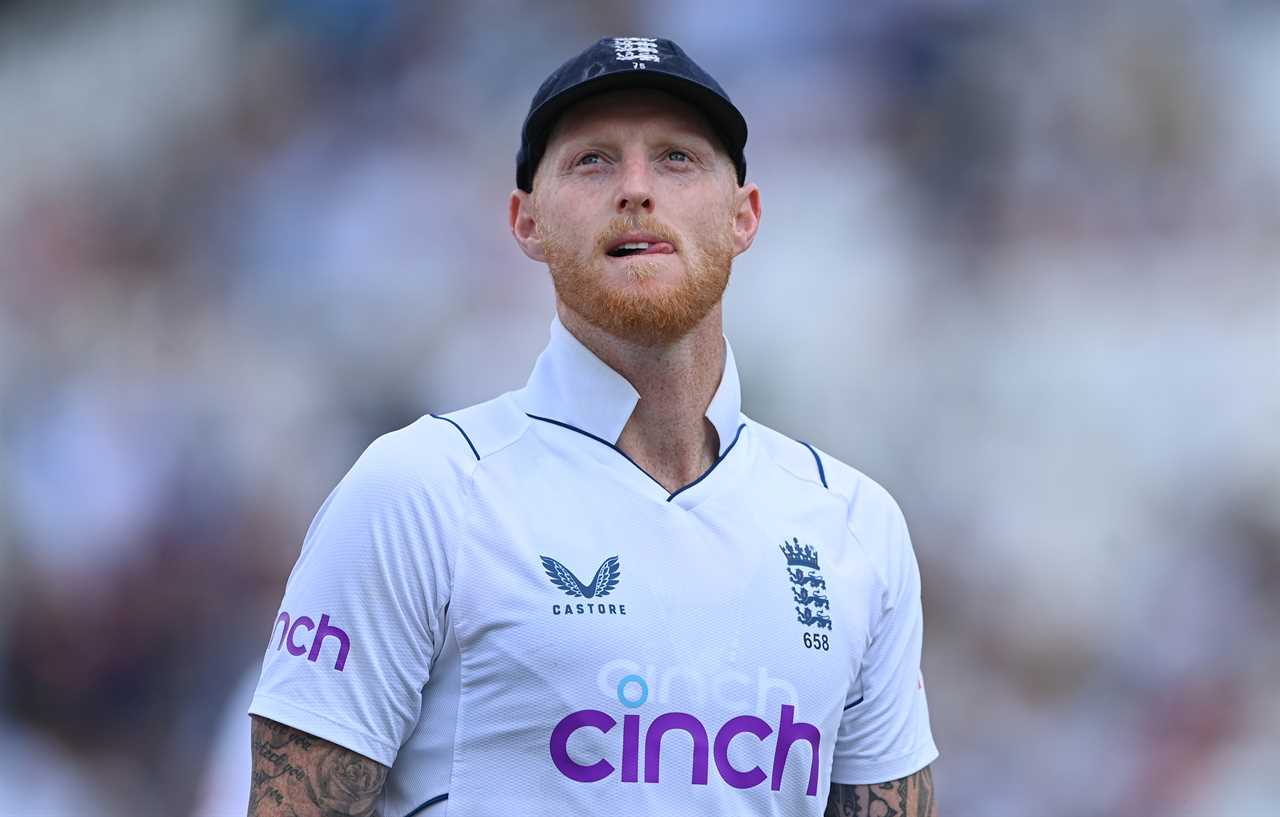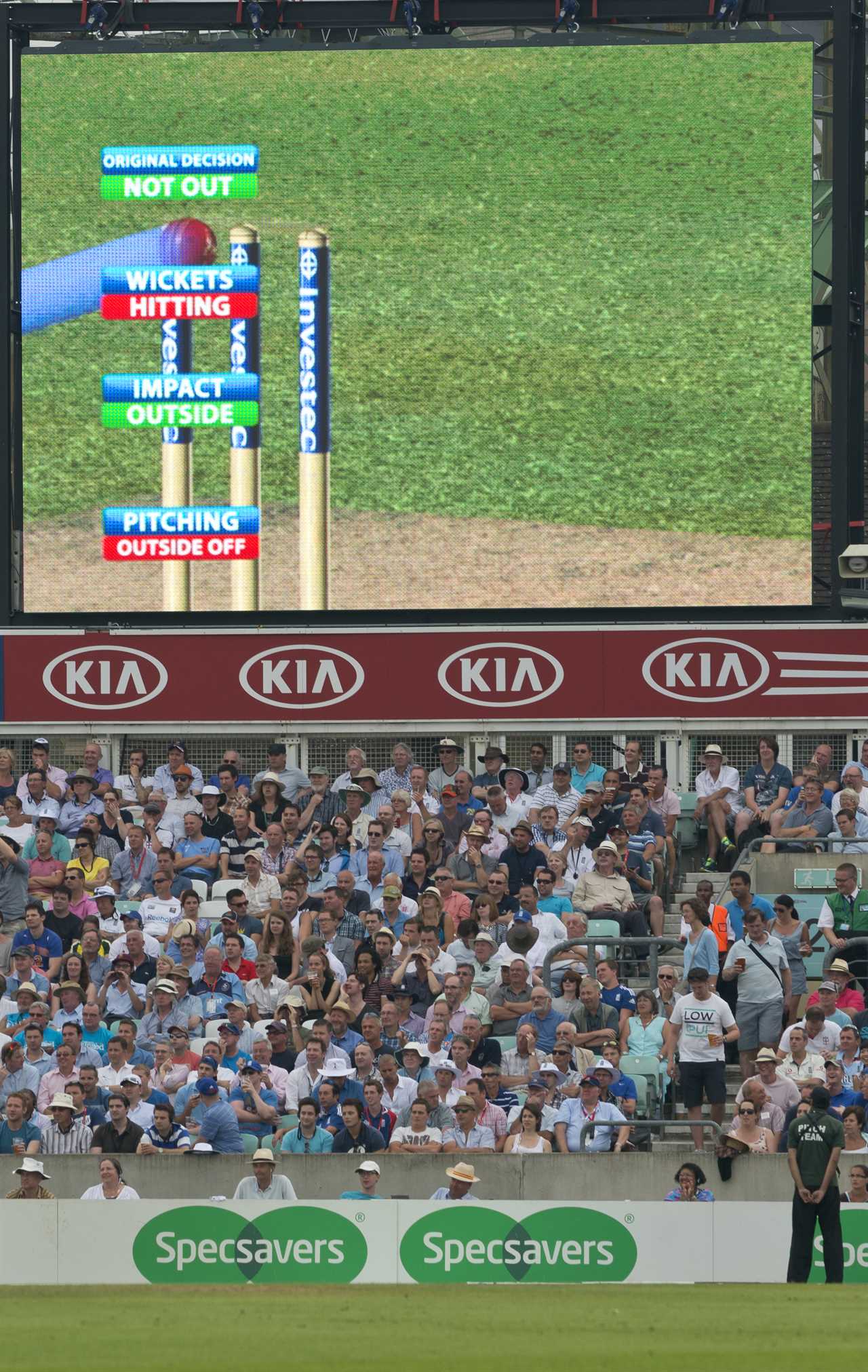The introduction of the Decision Review System in cricket was controversial at first.
Purists believed the umpire's decision should be final. However, it has been in place for almost a decade and continues helping sides to combat human error and challenge potentially game-defining moments.

Ben Stokes is responsible to call for England's review in Tests
How many DRS reviews can a team receive?
If a team believes that an umpire's decision is wrong, they can use the DRS system to challenge it.
Before the introduction of technology, the umpire was the final judge on the field.
Each team receives TWO reviews for Test cricket.
Each team receives ONE review for ODI cricket and T20 Cricket.
If a team wins a review challenge, they can keep it and then challenge another later in the innings.
Similar to the above, if a fielding team requests a LBW, and it is returned with 'Umpires call', they will also keep their review.
They lose their review if they contest the decision and it turns out that they were correct.
This is to prevent teams from reviewing at will and slowing the game down.
What is DRS?
You have the option to appeal against a decision made by either the fielding or batting side.
The fielding team may review a decision if they feel that a player has been caught out or LBW, and the umpire still hasn't given out the batsman.
The umpire will give them 15 seconds to decide if they want it to go upstairs.
If the fielding team fails to make a decision in the given time, they cannot review it.
In a similar situation, a batsman might use the team's review, but instead, if he believes that he was given out,

DRS reviews are now commonplace within the international game
This is most common with caught-behind or LBW shouts. The batsman doesn't know if he hit the ball, or believes that it has.
DRS will use HawkEye ball tracking and stump microphones to determine whether the umpires made the right decision.
England cricket fixtures & results 2022: South Africa Test Series, T20 World Cup, and ODI dates
What is the Umpire's Call
You can lose a challenge to an LBW decision, but you should still review the outcome if it is the umpire's decision.
These are the official rules of the ICC:
"Umpire's call" is the DRS concept under which the on field decision of the bowler’s end umpire shall be made. This shall apply in the particular circumstances set forth in paragraphs 3.4.5 to 3.4.6 of Appendix A.
Referring an LBW decision does not mean that edge ball tracking will be used to decide whether a batter should or shouldn't be out.
The ball-tracker shows the point at which the ball touches the ground, the impact of the batter's play, and the moment when the ball is likely to reach the stumps.
To be allowed to give out a player, the ball must be pitched in line with or outside the off stump (when a shot has been offered). The ball must also have an impact in line and be clearly hitting the wickets.
If the ball hits the stump only marginally, you can keep your review. However, the decision is not final but it is deemed to have been a positive review.
 Cricket NewsTips and TricksPrivacy PolicyTerms And Conditions
Cricket NewsTips and TricksPrivacy PolicyTerms And Conditions
